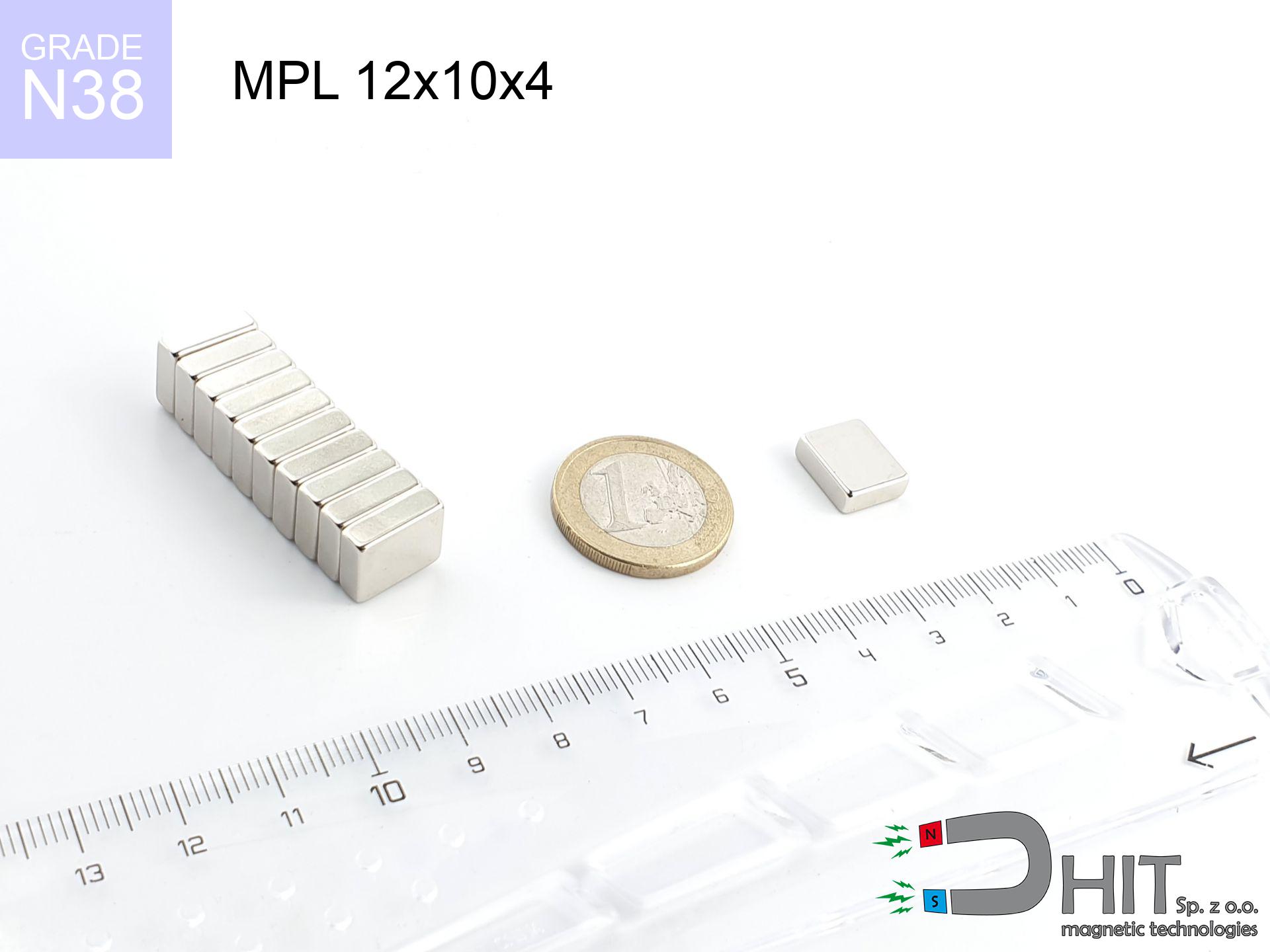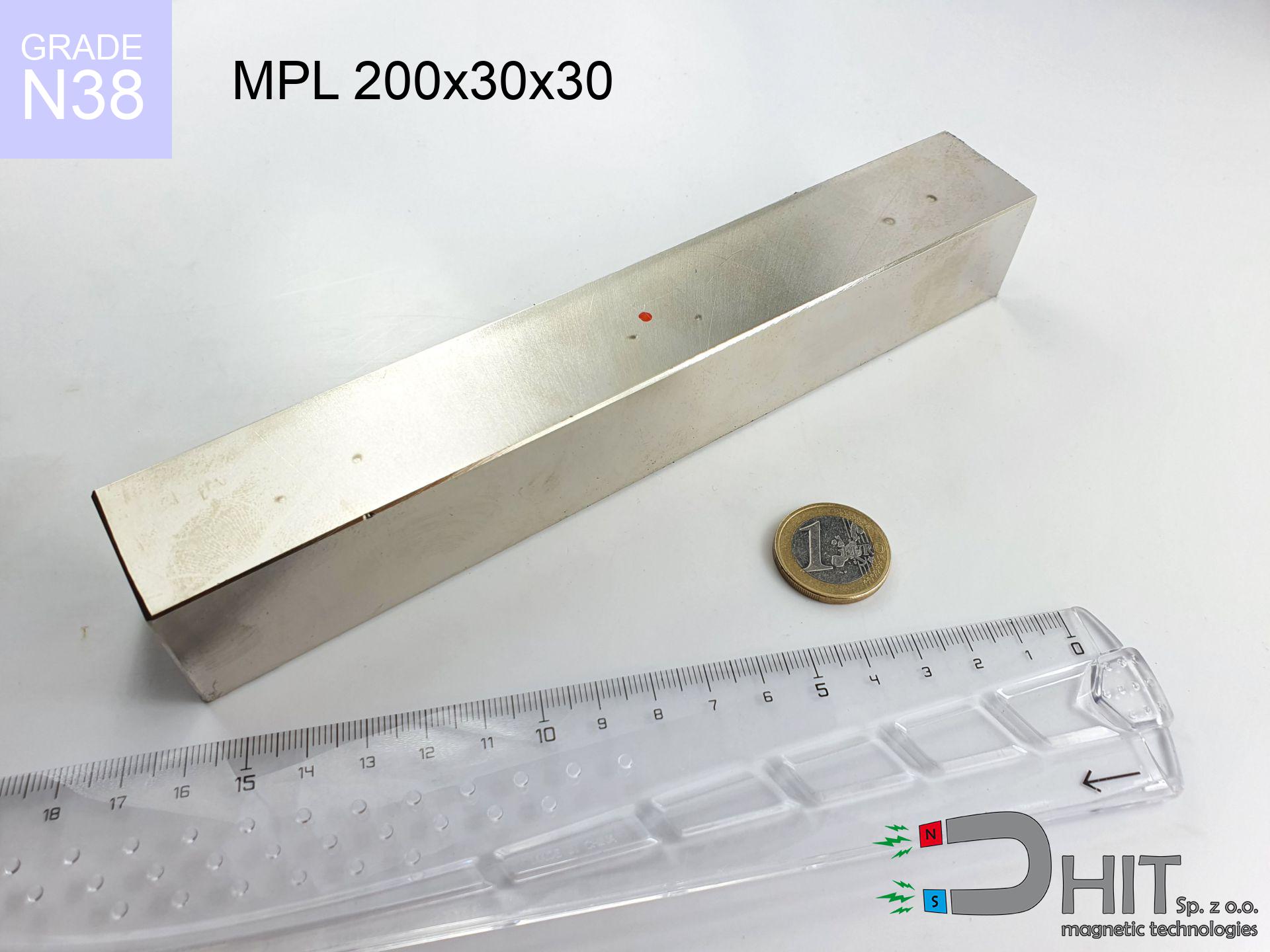UMGB 75x28 [M8+M10] GW F200 +Lina GOBLIN / N38 - goblin magnetic holder
goblin magnetic holder
Catalog no 350436
GTIN/EAN: 5906301814788
Diameter Ø
75 mm [±1 mm]
Height
28 mm [±1 mm]
Weight
900 g
Magnetization Direction
↑ axial
Load capacity
280.00 kg / 2745.86 N
Coating
[NiCuNi] Nickel
215.00 ZŁ with VAT / pcs + price for transport
174.80 ZŁ net + 23% VAT / pcs
bulk discounts:
Need more?
Call us now
+48 888 99 98 98
if you prefer send us a note through
inquiry form
our website.
Strength and structure of a magnet can be analyzed using our
online calculation tool.
Same-day shipping for orders placed before 14:00.
Technical specification of the product - UMGB 75x28 [M8+M10] GW F200 +Lina GOBLIN / N38 - goblin magnetic holder
Specification / characteristics - UMGB 75x28 [M8+M10] GW F200 +Lina GOBLIN / N38 - goblin magnetic holder
| properties | values |
|---|---|
| Cat. no. | 350436 |
| GTIN/EAN | 5906301814788 |
| Production/Distribution | Dhit sp. z o.o. |
| Country of origin | Poland / China / Germany |
| Customs code | 85059029 |
| Diameter Ø | 75 mm [±1 mm] |
| Height | 28 mm [±1 mm] |
| Weight | 900 g |
| Magnetization Direction | ↑ axial |
| Load capacity ~ ? | 280.00 kg / 2745.86 N |
| Coating | [NiCuNi] Nickel |
| Manufacturing Tolerance | ±1 mm |
Magnetic properties of material N38
| properties | values | units |
|---|---|---|
| remenance Br [min. - max.] ? | 12.2-12.6 | kGs |
| remenance Br [min. - max.] ? | 1220-1260 | mT |
| coercivity bHc ? | 10.8-11.5 | kOe |
| coercivity bHc ? | 860-915 | kA/m |
| actual internal force iHc | ≥ 12 | kOe |
| actual internal force iHc | ≥ 955 | kA/m |
| energy density [min. - max.] ? | 36-38 | BH max MGOe |
| energy density [min. - max.] ? | 287-303 | BH max KJ/m |
| max. temperature ? | ≤ 80 | °C |
Physical properties of sintered neodymium magnets Nd2Fe14B at 20°C
| properties | values | units |
|---|---|---|
| Vickers hardness | ≥550 | Hv |
| Density | ≥7.4 | g/cm3 |
| Curie Temperature TC | 312 - 380 | °C |
| Curie Temperature TF | 593 - 716 | °F |
| Specific resistance | 150 | μΩ⋅cm |
| Bending strength | 250 | MPa |
| Compressive strength | 1000~1100 | MPa |
| Thermal expansion parallel (∥) to orientation (M) | (3-4) x 10-6 | °C-1 |
| Thermal expansion perpendicular (⊥) to orientation (M) | -(1-3) x 10-6 | °C-1 |
| Young's modulus | 1.7 x 104 | kg/mm² |
Chemical composition
| iron (Fe) | 64% – 68% |
| neodymium (Nd) | 29% – 32% |
| boron (B) | 1.1% – 1.2% |
| dysprosium (Dy) | 0.5% – 2.0% |
| coating (Ni-Cu-Ni) | < 0.05% |
Sustainability
| recyclability (EoL) | 100% |
| recycled raw materials | ~10% (pre-cons) |
| carbon footprint | low / zredukowany |
| waste code (EWC) | 16 02 16 |
Other products
Pros and cons of neodymium magnets.
Pros
- They retain attractive force for around 10 years – the drop is just ~1% (in theory),
- Neodymium magnets are characterized by remarkably resistant to demagnetization caused by external magnetic fields,
- The use of an elegant layer of noble metals (nickel, gold, silver) causes the element to have aesthetics,
- Magnets have impressive magnetic induction on the surface,
- Through (adequate) combination of ingredients, they can achieve high thermal strength, allowing for operation at temperatures approaching 230°C and above...
- Possibility of detailed creating and adapting to complex conditions,
- Versatile presence in modern technologies – they are used in data components, motor assemblies, advanced medical instruments, as well as other advanced devices.
- Compactness – despite small sizes they offer powerful magnetic field, making them ideal for precision applications
Limitations
- They are fragile upon too strong impacts. To avoid cracks, it is worth protecting magnets in special housings. Such protection not only shields the magnet but also increases its resistance to damage
- When exposed to high temperature, neodymium magnets experience a drop in power. Often, when the temperature exceeds 80°C, their strength decreases (depending on the size, as well as shape of the magnet). For those who need magnets for extreme conditions, we offer [AH] versions withstanding up to 230°C
- When exposed to humidity, magnets start to rust. For applications outside, it is recommended to use protective magnets, such as those in rubber or plastics, which prevent oxidation and corrosion.
- Limited ability of creating threads in the magnet and complicated shapes - preferred is cover - magnetic holder.
- Possible danger to health – tiny shards of magnets pose a threat, in case of ingestion, which gains importance in the aspect of protecting the youngest. It is also worth noting that tiny parts of these devices are able to be problematic in diagnostics medical in case of swallowing.
- With budget limitations the cost of neodymium magnets is economically unviable,
Holding force characteristics
Highest magnetic holding force – what it depends on?
- using a plate made of high-permeability steel, serving as a ideal flux conductor
- whose thickness is min. 10 mm
- with an polished contact surface
- without any clearance between the magnet and steel
- during pulling in a direction perpendicular to the mounting surface
- at conditions approx. 20°C
Determinants of lifting force in real conditions
- Air gap (betwixt the magnet and the plate), as even a very small clearance (e.g. 0.5 mm) results in a drastic drop in force by up to 50% (this also applies to varnish, rust or debris).
- Pull-off angle – remember that the magnet holds strongest perpendicularly. Under shear forces, the holding force drops significantly, often to levels of 20-30% of the nominal value.
- Steel thickness – too thin steel does not accept the full field, causing part of the flux to be lost into the air.
- Steel grade – ideal substrate is high-permeability steel. Stainless steels may attract less.
- Surface condition – ground elements guarantee perfect abutment, which improves field saturation. Rough surfaces weaken the grip.
- Thermal environment – temperature increase results in weakening of force. It is worth remembering the thermal limit for a given model.
Lifting capacity testing was conducted on a smooth plate of suitable thickness, under a perpendicular pulling force, in contrast under shearing force the holding force is lower. In addition, even a minimal clearance between the magnet and the plate reduces the holding force.
Safety rules for work with NdFeB magnets
Permanent damage
Keep cool. Neodymium magnets are sensitive to heat. If you require operation above 80°C, ask us about HT versions (H, SH, UH).
GPS Danger
GPS units and mobile phones are extremely susceptible to magnetism. Close proximity with a powerful NdFeB magnet can ruin the internal compass in your phone.
Conscious usage
Before starting, read the rules. Uncontrolled attraction can break the magnet or hurt your hand. Be predictive.
Bodily injuries
Large magnets can smash fingers instantly. Never put your hand betwixt two attracting surfaces.
Magnets are brittle
Neodymium magnets are ceramic materials, which means they are prone to chipping. Collision of two magnets leads to them shattering into small pieces.
Swallowing risk
NdFeB magnets are not toys. Swallowing several magnets may result in them connecting inside the digestive tract, which constitutes a severe health hazard and requires urgent medical intervention.
Allergy Warning
Nickel alert: The Ni-Cu-Ni coating contains nickel. If redness appears, immediately stop working with magnets and wear gloves.
Warning for heart patients
Health Alert: Strong magnets can deactivate pacemakers and defibrillators. Stay away if you have electronic implants.
Mechanical processing
Powder produced during machining of magnets is flammable. Avoid drilling into magnets without proper cooling and knowledge.
Electronic hazard
Do not bring magnets close to a wallet, laptop, or screen. The magnetism can destroy these devices and wipe information from cards.

![Goblin holder UMGB 75x28 [M8+M10] GW F200 +Lina GOBLIN / N38 Goblin holder UMGB 75x28 [M8+M10] GW F200 +Lina GOBLIN / N38](https://cdn3.dhit.pl/graphics/banners/magnet.webp)
![UMGB 75x28 [M8+M10] GW F200 +Lina GOBLIN / N38 - goblin magnetic holder](https://cdn3.dhit.pl/graphics/products/umgb-75x28-m8+m10-gw-f200-+lina-goblin-xaz.jpg)


![UMP 94x28 [3xM10] GW F300 GOLD / N38 - search holder UMP 94x28 [3xM10] GW F300 GOLD / N38 - search holder](https://cdn3.dhit.pl/graphics/products/ump-94x28-m10-gw-f300-vux.jpg)
![SM 32x275 [2xM8] / N42 - magnetic separator SM 32x275 [2xM8] / N42 - magnetic separator](https://cdn3.dhit.pl/graphics/products/sm-32x275-2xm8-hac.jpg)

